Energy & Economics
Saudi women right to drive: statistics and economic impact
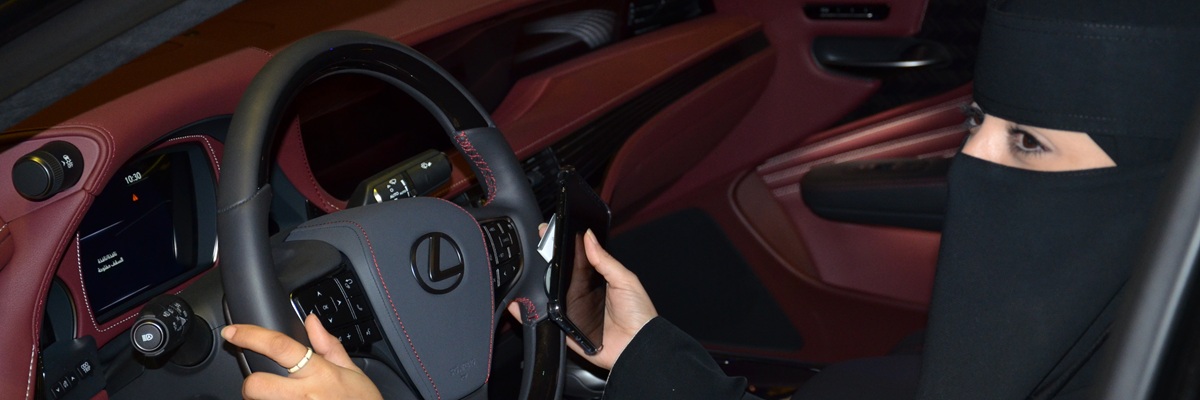
Image Source : Shutterstock
Subscribe to our weekly newsletters for free
If you want to subscribe to World & New World Newsletter, please enter
your e-mail
Energy & Economics

Image Source : Shutterstock
First Published in: Oct.01,2025
Oct.01, 2025
Saudi Arabia had long banned women from driving, but now women can obtain driver’s licenses and drive. With this new change, Saudi women’s mobility and economic activities may expand. How are Saudi women reacting, and what are neighboring countries’ responses?
Women’s fight
By the mid-20th century, Saudi Arabia underwent a deep transformation, fueled by oil revenues. In consequence, new ministries and agencies emerged to manage economic development, while a new technocratic elite began to form, who later clashed with the conservative Wahhabi establishment. Strikes and nationalist movements exposed social inequalities, leading the monarchy to tighten control throughout the country. This period of modernization was thus marked by both progress and restrictions, such as the 1957 ban on women driving. [1]
As the driving ban kept active, between 1990 and 2017 many different protests (groups of women driving), campaigns (“Teach me how to drive so I can protect myself” or #Women2Drive [2]) and movements against the driving ban surged. Important figures like Wajeha al-Huwaider [3], Loujain al-Hathloul [4] or Manal al-Shariff [5] (among others) defied the female driving ban in Saudi Arabia and by 2018, after many obstacles, their struggle culminated in victory.
Announced by the end of 2017 and taking effect on June 24th, 2018, [6] the ban was lifted, and women were able to apply and issue driving licenses and drive in public. The move was part of the measures taken by the young Crown Prince Mohammed bin Salman in line with his vision and policy towards an economic and social change in the Kingdom.
Statistics and impact of the measure
The lift of the driving ban for women exceeded by far expectations, Saudi authorities were expecting about 2,000 women to have received licenses by the time the ban was lifted [7], but in just the first seven months, as many as 40,000 women issued driving licenses, according to Saudi Arabia traffic department. [8].
Then, according to a report from the General Authority for Statistics (GASTAT), after 19 months the numbers increased to 174,624. The report showed that 90% of the total driving licenses issued for Saudi women concentrated in Riyadh, Makkah and the Eastern Province [9]. PwC projected 3 million women would become new drivers in the Kingdom by 2020. (PwC, 2018)
I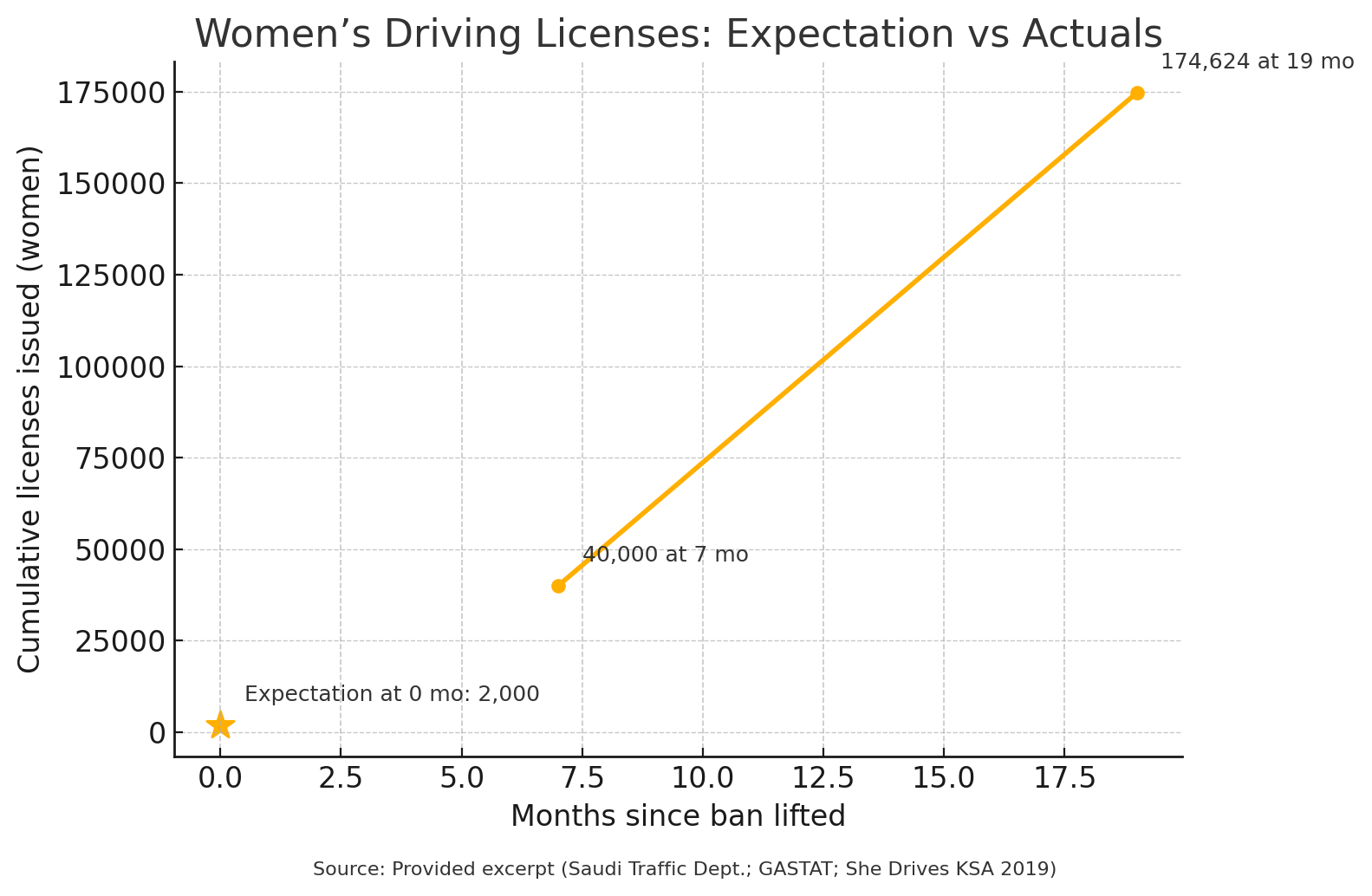
Figure 1: Women’s driving licenses: expectation vs actuals
One year after women were first allowed to drive, the She Drives KSA national research project surveyed nearly 30,000 people across Saudi Arabia in 2019. [10] Its aim was to understand the effects on households, travel behavior, sustainable development, and traffic safety. The main findings of this research are the next ones:
Households and cars: The number of households with at least one licensed female driver jumped from 22% before the reform to nearly 64% after. Around one in four households bought a new car, and demand for parking — especially on-street — increased noticeably.
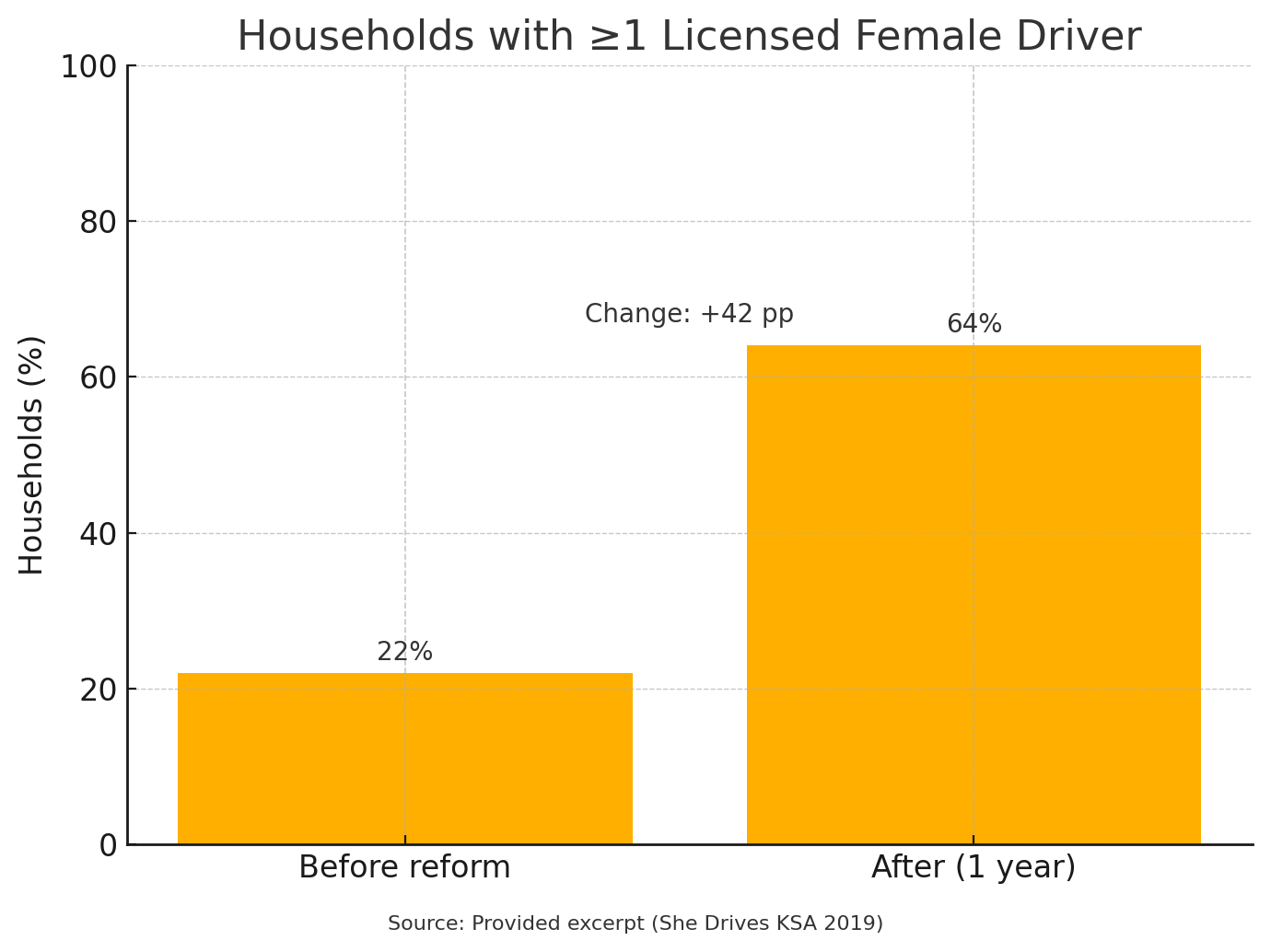
Figure 2: Households with license female driver
Private drivers: Reliance on private chauffeurs fell sharply, from almost half of households (46%) to just over a quarter (27%). Most families linked this change directly to women driving themselves. Among those who still employ drivers, the majority are non-Saudis, mainly from India.
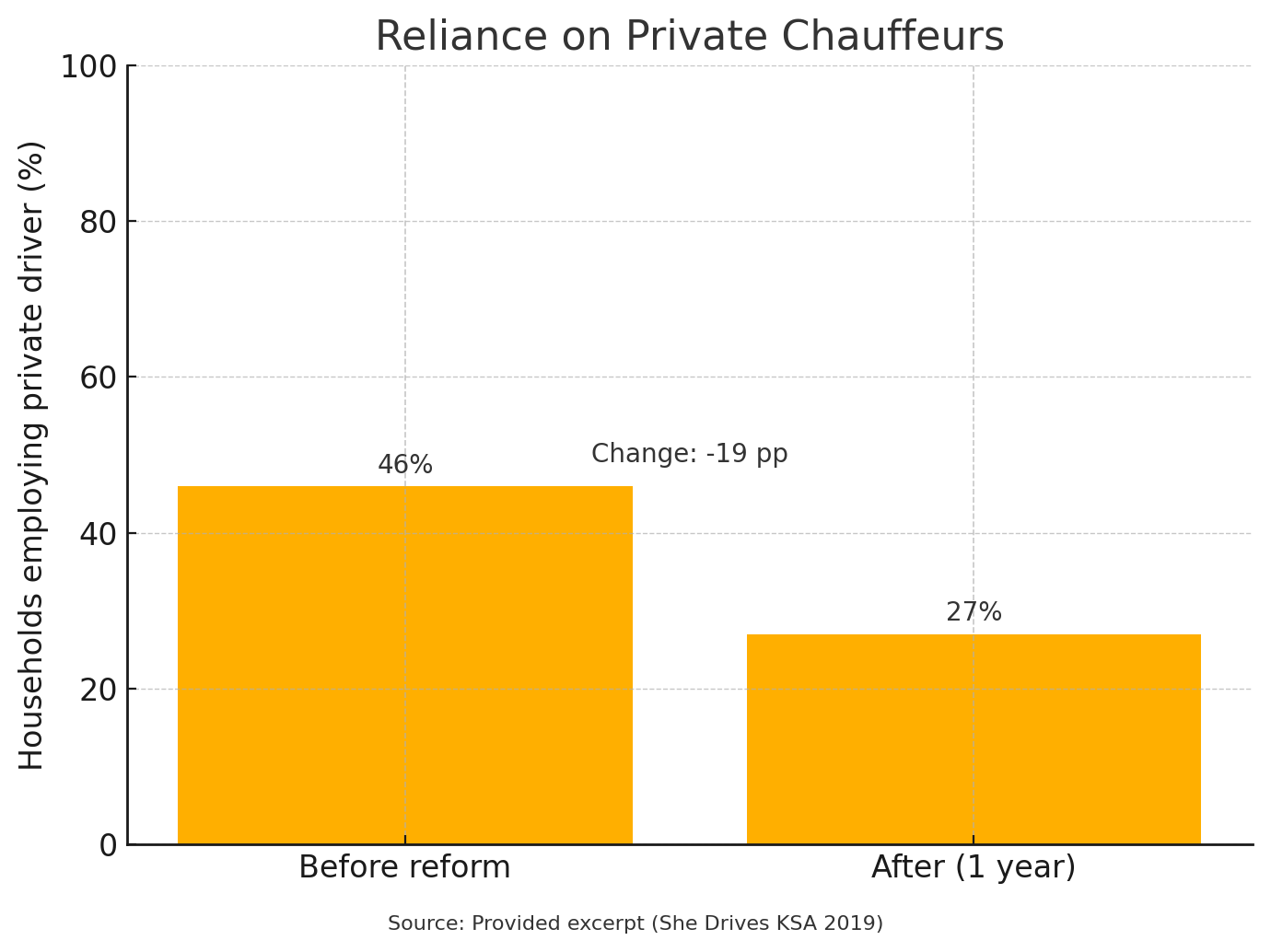
Figure 3: Reliance on private chauffeurs before and after the ban lift.
Women and licenses: Nearly two-thirds of women surveyed now hold a license, though training often involves long waiting times. For many, the change has had real economic impact: about 16% reported a shift in their employment status, and more than 64% said their income had increased since they began driving. Training typically costs between 2,000 and 3,000 SAR.
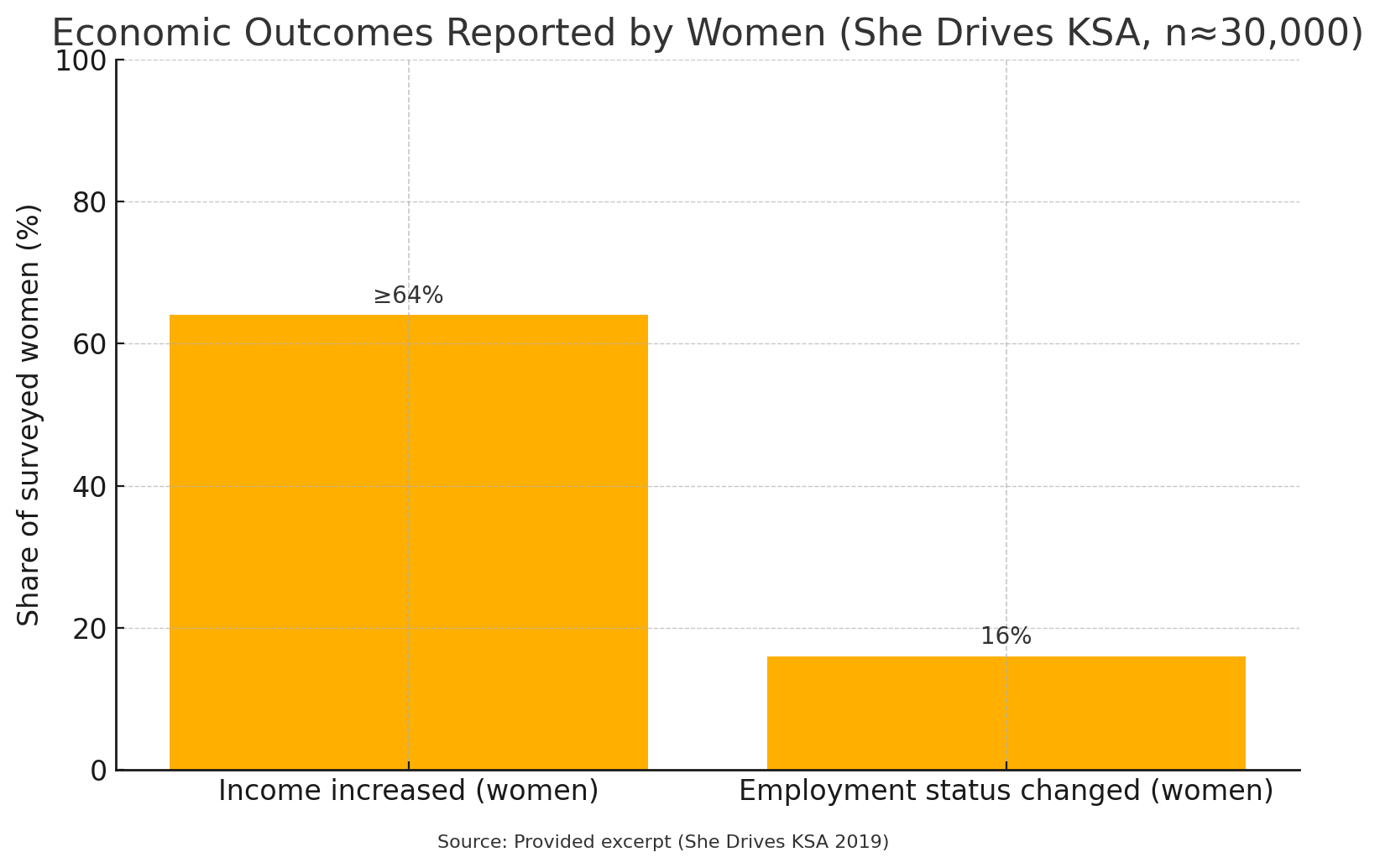
Figure 4: Economic outcomes reported by women She Drives KSA.
Travel behavior: Patterns of daily mobility have shifted. Far fewer women now ride as passengers in family cars, while many have taken the wheel themselves. Use of ride-hailing services has fallen by almost 17%. Women mainly drive to work, education, entertainment, and errands. Nearly three-quarters of licensed women drive frequently, and many also escort siblings, children, or parents. Most describe driving as making them feel more independent, confident, and proud.
Car preferences: Most women with a license plan to buy their own car, with a clear preference for new vehicles. Safety, price, stability, and fuel efficiency are the most important criteria, while affordability remains the biggest obstacle.
Attitudes: Men and women alike view women driving positively, though women are more likely to link it to empowerment and higher income. The majority in both groups reject the idea that women drivers add to pollution.
Traffic safety: Women express greater confidence about safety than men. More than 70% disagree that women driving leads to more accidents. About 15% of female drivers reported having been in an accident, but almost all were minor, with no fatalities.
Supportive policies: There is strong backing for measures to ease the transition, including more women’s driving schools, lower training costs, and better roads and parking facilities. Almost 90% of women, and around three-quarters of men, want training costs reduced.
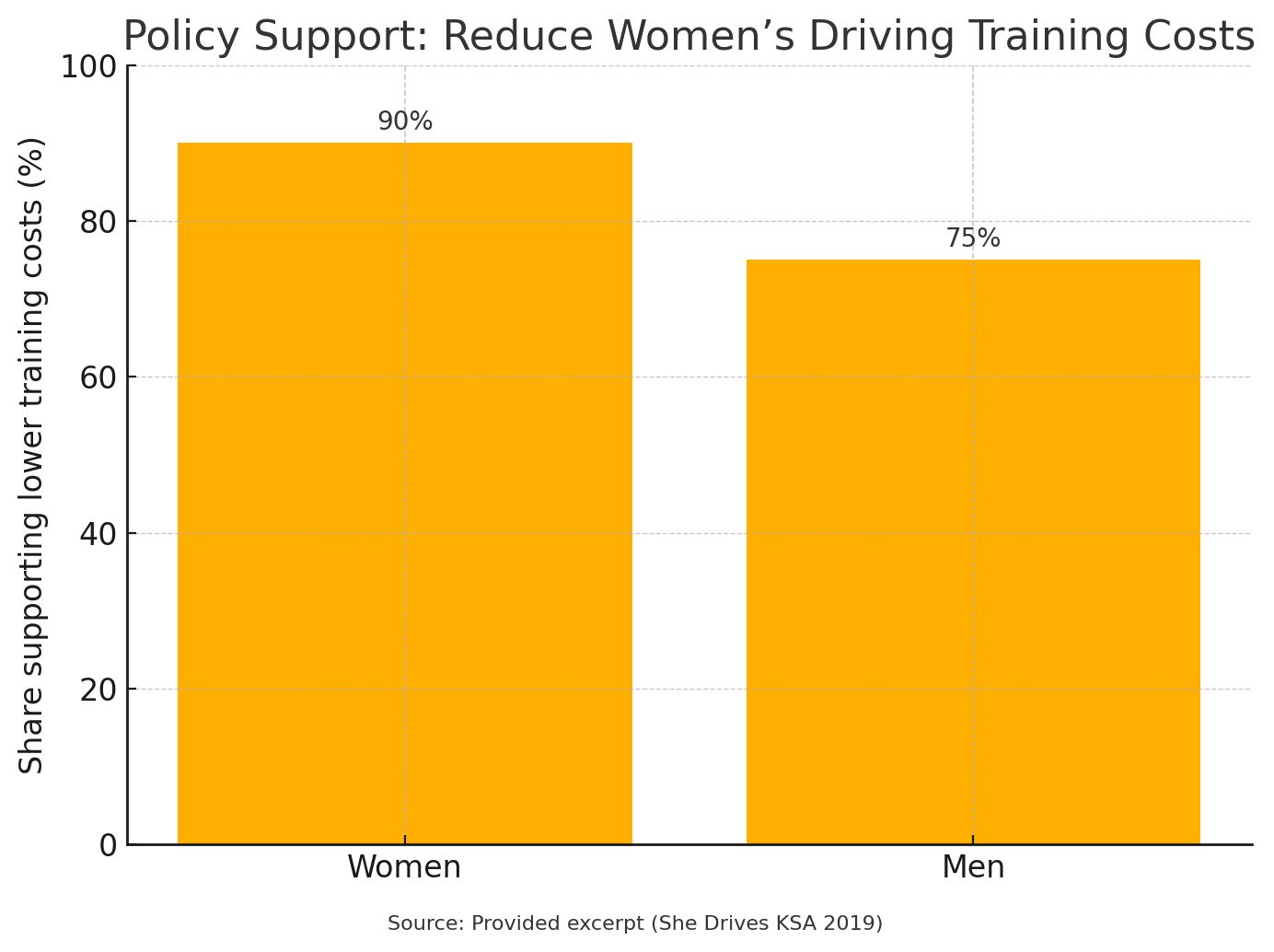
Figure 5: Policy support: reduce women’s driving training costs.
In simple words, after one year, women driving in Saudi Arabia has reduced reliance on private drivers, boosted car purchases, and contributed to women’s economic empowerment. While men are slightly more cautious on safety, the overall societal impact is viewed positively, and this positive impact seems to continue in the future.
Economic transformation, opportunities and challenges for the Kingdom
In economic terms the move was a step towards Crown Prince Mohammed bin Salman’s Saudi Vision 2030. In addition to a social openness of the Saudi society and the diversification of the Saudi economy away from oil. According to the Euro Group Consulting [11] the decision to lift the ban will have profound immediate and long-term effects on women’s mobility, independence and economic participation in the Kingdom. (Following the mentioned She Drives KSA report, the first results are already visible).
In addition to a small and meaningful achievement in women’s rights and gender equality, letting women drive can be translated into an increase in the economic participation and the increase of the female workforce, which the Kingdom was expecting to increase from 22% to 30%. The target was achieved and exceeded earlier than expected, being 36% by 2021. [12]
Economic inclusion has created new job opportunities in sales, marketing, field services, transportation, logistics, while also driving new businesses. This shift has been a cornerstone of the cultural and social transformation the Kingdom seeks to implement. (Euro Group Consulting, n.d)
Recalling the PwC report [13], adding 3 million new female drivers creates immediate opportunities in several specific sectors. The demand for driving licenses and schools rose sharply, specifically those targeting women. Car sales were expected to increase, with a projected annual growth of 9% for 2025, compared to the previous 3%. The used car market and the car leasing are forecast to grow too. And motor insurance was also expected to expand to SAR 30 billion by 2020.
Car manufacturers like Toyota and General Motors (Chevrolet and GMC brands), for example, found the move beneficial, as they implemented strategies to increase their sales as a “new niche” was born, but not only that, the sector became also an opportunity for the creation of new jobs. In addition, a Bloomberg Economics report indicated that the lift of the ban could add up $90 billion to Saudi Arabia by 2030. [14]
The opportunities, however, are not for big companies only, women have seen an opportunity in terms of entrepreneurship, for example in women-only ride-hailing services or the case of Reema Juffali, who became the first Saudi woman racing driver, the first Saudi woman to hold a racing license and also the first Saudi woman to win an international motor race. Reema nowadays competes in the International GT Open with her own Saudi team, Theeba Motorsport [15]
Women on the roads would impact social behavior, habits and patterns, especially in the consumer and leisure side. On the other hand, there are challenges for the longer-term, the obvious one is a better infrastructure, including roads, intersections and parking spaces. But also, in the economic spectrum challenges would appear. For example, insurance companies might increase their costs, due the uncertainty and lack of data related to women drivers and their behavior, while the car leasing market might be affected too.
Countries reactions
Internally the lift of the ban was welcomed and celebrated, the historical fight had achieved a great victory for the women. But the international community also reacted to the new measure. Donald Trump said it was a “positive step” towards promoting women’s rights. [16] On the same line Antonio Guterres posted a similar message in X. [17]
OHCHR and UN experts “warmly welcome this historic development” [18] and went farer by stressing the need for a full gender equality in the Kingdom Amnesty International also welcomed the move and called for an end to all forms of discrimination against women [19]. International media highlighted the development and saw it as a potentially transformative reform, while others also questioned whether it was symbolic or really part of a deeper change. [20]
Other institutions, like the International Bar Association or the Baker Institute pointed out the importance of the move toward greater freedom [21] as well as the consequences and impacts on transportation, labor market, health effects, etc., respectively. [22]
Regional media reactions highlighted the reform and its importance in a conservative Muslim society. They showed relief and encouragement, as women in most of the countries in the region, like the UAE, Bahrain, Kuwait or Jordan, could drive freely. [23] On the other hand, some religious scholars and clerics within Saudi and the region showed a more cautious line. (Middle East Policy Council).
Final notes
Overall, the decision to allow women to drive in Saudi Arabia is a big win for the women. At the same time, it has already created and impacted positively in terms of society and economy, especially in the automotive and labor sector. If the government can capture and get the best from this shift, including investment in infrastructure, regulatory adaptation and development of new services to meet the needs of women drivers and drivers in general, the Kingdom would enter a better era with a promising future.
While data and the future look promising for the Kingdom, reactions internationally – while welcoming the move – also pointed to important topics to be improved and to put effort on them as soon as possible. The road ahead might not be that easy, even Saudi is trying to transform its image internationally, internally and due its ideology and foundation basis, challenges would be tough to achieve.
References
[1] Commins, D. (2006). The Wahhabi Mission and Saudi Arabia. New York: I. B. Tauris
[2] RTBF, R. (2011, May 23). Histoire du monde: le droit de conduire. Retrieved from RTBF Actus. https://www.rtbf.be/info/emissions/article_histoire-du-monde-le-droit-de-conduire?id=6150133
[3] BBC News. (2008, March 11). Saudi women make video protest. Retrieved from BBC News: http://news.bbc.co.uk/2/hi/middle_east/7159077.stm
[4] Noman, M. (2014, December 03). #BBCtrending: Saudi woman driving blog ‘arrest’. Retrieved from BBC News: https://www.bbc.com/news/blogs-trending-30316837
[5] Independent. (2012, February 05). Saudi women in drive ban legal bid. Retrieved from Independent: https://www.independent.co.uk/news/world/asia/saudi-women-in-drive-ban-legal-bid-6483456.html
[6] ECDHR. (n.d.). What progress has been achieved for Saudi woman drivers? Retrieved from ECDHR: https://www.ecdhr.org/what-progress-has-been-achieved-for-saudi-women-drivers/
[7] BBC. (2018, June 24). Saudi Arabia’s ban on women driving officially ends. Retrieved from BBC: https://www.bbc.com/news/world-middle-east-44576795
[8] Matt, M. (2019, June 25). The journey to nowhere: Little hope for Saudi women since driving ban was lifted. Retrieved from abc News: https://abcnews.go.com/International/journey-hope-saudi-women-driving-ban-lifted/story?id=63667888
[9] Saudi Gazette. (2020, March 08). Over 174,000 women driving licenses issued in 19 months. Retrieved from Saudi Gazette: https://saudigazette.com.sa/article/590574#:~:text=RIYADH%20%E2%80%94%20Ever%20since%20they%20were,the%20national%20and%20international%20levels
[10] Kamargianni, N. B.–G. (2020). Impact of women driving cars on the sustainable development and traffic safety in the Kingdom of Saudi Arabia - Phase 2 Survey Results.
[11] Euro Group Consulting. (n.d.). The road to change: Women driving and economic participation in Saudi Arabia. Retrieved from Euro Group Consulting: https://eurogroupconsultingmea.com/the-road-to-change-women-driving-and-economic-participation-in-saudi-arabia/
[12] Arab News. (2022, March 09). Saudi Arabia hits female labor force target almost 10 years early: Uber report. Retrieved from Arab News: https://arab.news/y5qum
[13] PwC. (2018). Women driving the transformation of the KSA automotive market. PwC.
[14] Pittaway, A. (2022, March 30). Four years of women drivers in Saudi, what has changed? Retrieved from Global Fleet: https://www.globalfleet.com/en/taxation-and-legislation/global/features/four-years-women-drivers-saudi-what-has-changed?a=API07&t%5B0%5D=Global%20Fleet%20Conference&curl=1
[15] Theeba Motorsport. (2025). Reema Juffali (driver profile). Retrieved from Theeba Motorsport: https://www.theebamotorsport.com/drivers/reema-juffali
[16] BBC. (2017, September 27). Saudi Arabia driving ban on women to be lifted
Retrieved from BBC: https://www.bbc.com/news/world-middle-east-41408195
[17] Guterres, A. (2017, September 27). X. Retrieved from @antonioguterres: https://x.com/antonioguterres/status/912831976083771392
[18] Office of the High Commissioner. (2017, September 28). End of Saudi driving ban for women should be just the first step - UN Experts. Press release. Retrieved from https://www.ohchr.org/en/press-releases/2017/09/end-saudi-driving-ban-women-should-be-just-first-step-un-experts
[19] Amnesty International. (2018, May 25). The driving ban and women’s rights in Saudi Arabia. Retrieved from Amnesty International: https://www.amnesty.org/en/latest/news/2018/05/the-driving-ban-and-rights-in-saudi-arabia/
[20] Baker, A. (2018, June 28). Is the end of Saudi Arabia’s driving ban a rebrand or a revolution? Retrieved from Time: https://time.com/5324404/saudi-arabia-driving-ban-rebrand-or-revolution/
[21] Kaur, C. (2018, June). Saudi Arabia lifts ban on driving for women after lengthy campaign. Retrieved from International Bar Association: https://www.ibanet.org/article/c8d82237-545d-4fca-ad14-3e56add4734b
[22] Krane, J., & Farhan, M. (2018, June 13). Women driving in Saudi Arabia: Ban Lifted, what are the economic and health effects? Retrieved from Baker Institute for Public Policy: https://www.bakerinstitute.org/research/impact-lifting-saudi-arabias-ban-women-drivers
[23] Middle East Policy. (n.d.). Saudi Arabia Debates Right of Women to Drive. Retrieved from Middle East Policy Council: https://mepc.org/commentaries/saudi-arabia-debates-right-women-drive/

Unlock articles by signing up or logging in.
Become a member for unrestricted reading!